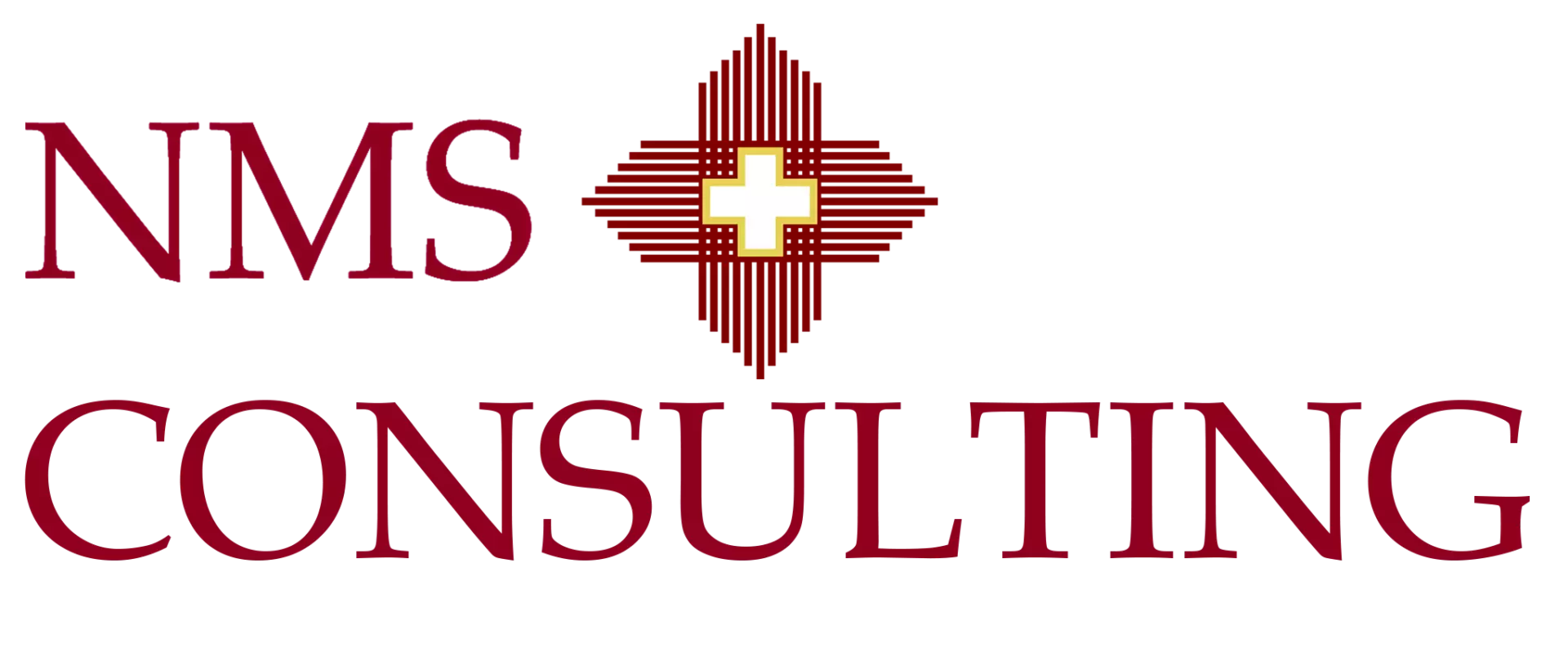Supply Chain Risk Management Consulting for Resilience & Growth

Home ›
Insights ›
Supply Chain Risk Management Consulting for Resilience & Growth
Author:
Aykut Cakir · NMS Consulting
Published:
• Updated:
Build resilience by mapping tier-two and tier-three exposure, aligning to proven standards, running a weekly risk review, and funding buffers where the math supports it. Link actions to metrics for service, cost, and risk so leaders see progress and tradeoffs.
Want a supply risk heat map, a control set, and a ninety day plan?
Talk to a consultant
Signals and Benchmarks
- Global risk outlook flags geopolitical conflict, cyber shocks, and climate as leading cross-border threats in 2025. source
- Most supply leaders report progress on dual sourcing and regionalisation since 2020, with footprints continuing to shift. source
- BCI surveys show persistent disruption and a push for deeper tier mapping and continuity planning. source
- NIST C-SCRM guidance and ISO frameworks give a structured way to assess, treat, and monitor risk across suppliers and logistics. source source source source
Foundations: Standards, Controls, and Operating Cadence
- Standards: use ISO 22301 for business continuity, ISO 28000 for supply chain security, and ISO 31000 for risk principles and process. reference reference reference
- Cyber in the chain: apply NIST SP 800-161 to suppliers, software, and services. Add controls for access, SBOMs, and event reporting. reference
- Risk-to-service link: tie risks to OT uptime, fill rate, lead time, and cash. Fund buffers where impact justifies the spend.
- Cadence: run a weekly risk stand-up and a monthly scenario review. Track mitigations and test recovery playbooks twice a year.
30-60-90 Resilience Playbook
First 30 Days: See And Prioritise
- Map critical parts and lanes to tier-two and tier-three. Capture single points of failure.
- Baseline service, lead time, and variability. Set trigger points and alert routes.
- Start ISO 22301 gap checks and assign owners for recovery objectives. reference
Days 31 to 60: Reduce And Control
- Launch dual-source or approved substitute work where feasible. Lock long-lead items with contracts.
- Stand up cyber supplier controls using NIST SP 800-161. Add incident clauses and reporting. reference
- Pilot an early-warning dashboard for ports, weather, and supplier health.
Days 61 to 90: Test And Scale
- Run two tabletop drills on a logistics disruption and a supplier outage. Record time to detect and time to recover.
- Publish a playbook for allocation, substitution, and rerouting. Embed lead indicators into weekly ops.
- Schedule semi-annual continuity tests and update risk budgets for buffers and tooling. reference
Risk Map, Controls, and Metrics
| Risk | Controls | Metrics | References |
|---|---|---|---|
| Supplier Failure | Dual sourcing, qualification of substitutes, escrow, financial health checks | Fill rate, backorder days, recovery time | McKinsey |
| Logistics Disruption | Multi-route plans, forward stocking, carrier diversification | Lead time variance, on-time delivery, premium freight rate | WEF |
| Cyber Incident At A Supplier | NIST C-SCRM controls, contract clauses, incident reporting, SBOMs | Time to detect, time to contain, supplier control coverage | NIST SP 800-161 |
| Quality Or Safety Issue | Incoming inspection plans, controlled changes, recall drills | First pass yield, defect escape, recall readiness score | BCI |
| Facility Outage | ISO 22301 BCMS, RTO/RPO targets, alternate site, periodic tests | Recovery time, test pass rate, downtime cost | ISO 22301 |
| Security Incident In Transit | ISO 28000 controls, chain-of-custody, tamper-evident seals, vetted partners | Loss rate, incident rate, time to notify | ISO 28000 |
| Climate And Weather | Network scenario plans, alternate lanes, seasonal buffers | Service at risk by region, weather alerts acted | WEF |
| Governance Gaps | ISO 31000 framework, clear risk appetite, roles, and reporting | Open risks aged, mitigation completion rate | ISO 31000 |
Frequently Asked Questions
Which Standards Should We Start With?
Use ISO 22301 for continuity, ISO 28000 for security in the chain, and ISO 31000 for risk principles and process. For cyber risk in suppliers and software, apply NIST SP 800-161. reference reference reference reference
What Moves The Needle Fast?
Tier mapping to find single points of failure, early-warning signals for lanes and suppliers, and a small set of buffers tied to service impact. McKinsey surveys show momentum on dual sourcing and regional footprints. reference
How Often Should We Test Recovery?
Run tabletop drills at least twice a year and update playbooks when results show gaps. ISO 22301 supports structured testing and improvement. reference
Related Reading
- Automotive Supply Chain
- What Is Automotive Supply Chain Consulting?
- How Retailers Can Address Shocks In Their Supply Chains
- Pharma M&A Integration Savings
- Post Merger Integration
- How Consultants Help With Post Merger Integration
- What Is Post Merger Integration?
Sources
- World Economic Forum. Global Risks Report 2025. https://www.weforum.org/publications/global-risks-report-2025/
- McKinsey. Supply Chain Risk Survey. https://www.mckinsey.com/capabilities/operations/our-insights/supply-chain-risk-survey
- BCI. Supply Chain Resilience Report 2024 summary. https://www.thebci.org/news/supply-chain-disruptions-drive-increased-tier-mapping-and-insurance-uptake.html
- NIST. SP 800-161 Rev. 1: Cybersecurity Supply Chain Risk Management. https://csrc.nist.gov/pubs/sp/800/161/r1/final
- ISO. ISO 22301 Business Continuity Management Systems. https://www.iso.org/standard/75106.html
- ISO. ISO 28000 Security And Resilience — Supply Chain Security Management Systems. https://www.iso.org/standard/79612.html
- ISO. ISO 31000 Risk Management — Guidelines. https://www.iso.org/obp/ui/
About the Author
Aykut Cakir, Senior Partner and Chief Executive Officer, has a demonstrated history in negotiations, business planning, business development. He has served as a Finance Director for gases & energy, pharmaceuticals, retail, FMCG, and automotive industries. He has collaborated closely with client leadership to co-create a customized operating model tailored to the unique needs of each project segment in the region. Aykut conducted workshops focused on developing effective communication strategies to ensure team alignment with new operating models and organizational changes.




